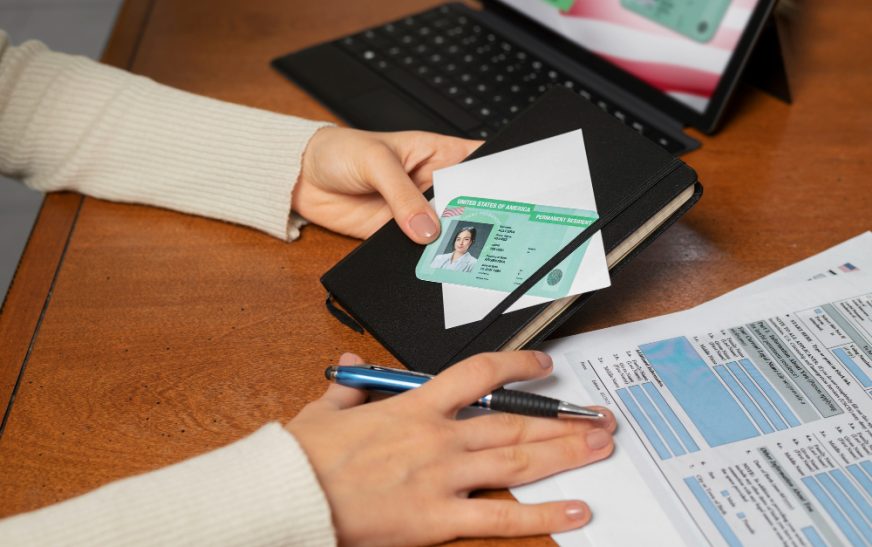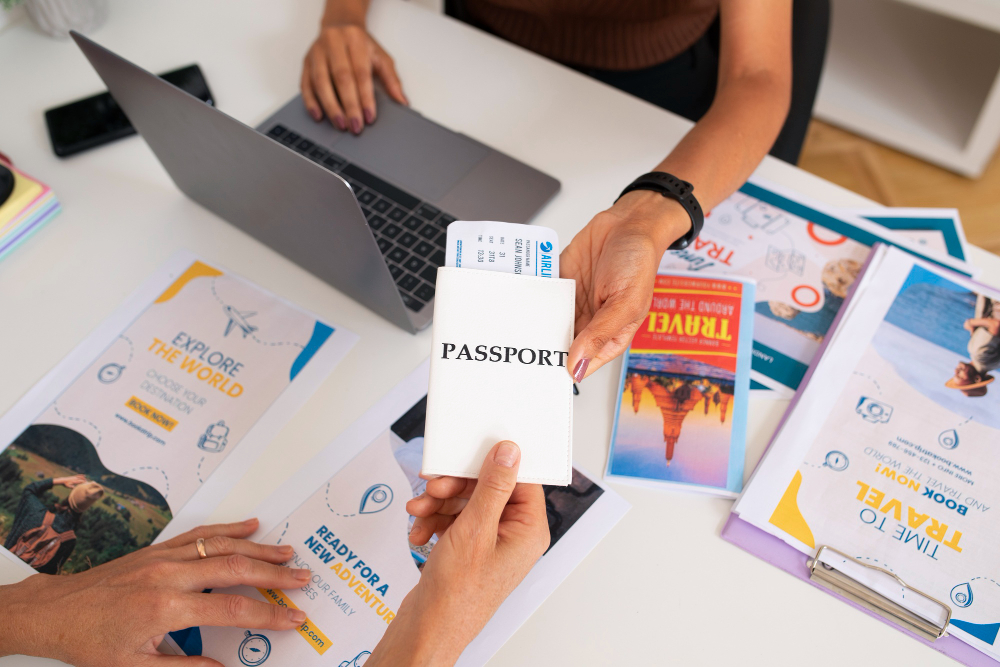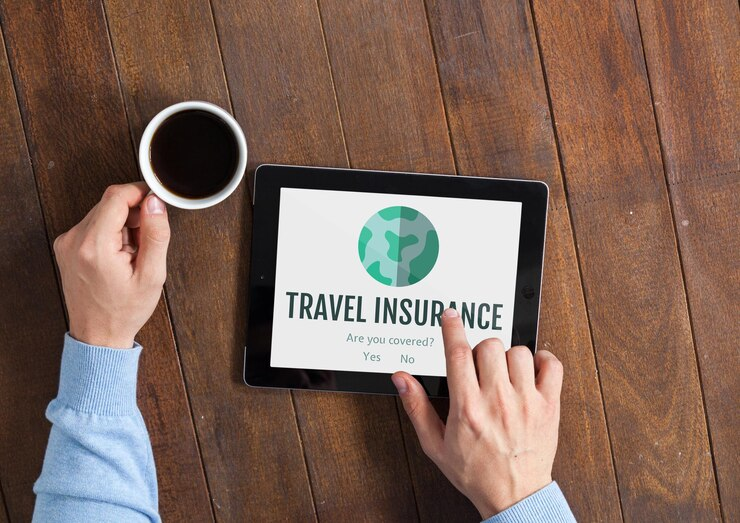Travel insurance is an essential component of a well-planned trip, providing a safety net against unexpected events such as medical emergencies, trip cancellations, and lost luggage. However, selecting the right travel insurance can be daunting, and making mistakes can be costly. This comprehensive guide will help you avoid common pitfalls and save money on your travel insurance, ensuring you get the best coverage at the best price.
Understanding Travel Insurance
What is Travel Insurance?
Travel insurance is a type of insurance policy designed to cover the risks associated with traveling. It typically includes coverage for trip cancellations, medical emergencies, travel delays, lost or stolen luggage, and other unforeseen events that can disrupt your travel plans.
Types of Travel Insurance
- Single-Trip Insurance: Covers one trip from the start date to the end date specified in the policy.
- Multi-Trip Insurance: Provides coverage for multiple trips within a specified period, usually a year.
- Medical Travel Insurance: Focuses on covering medical expenses incurred while traveling.
- Comprehensive Travel Insurance: Offers extensive coverage, including trip cancellations, medical emergencies, travel delays, and lost luggage.
Why Do You Need Travel Insurance?
Travel insurance provides financial protection against various risks, ensuring peace of mind while traveling. It can save you from significant financial losses due to medical emergencies, trip cancellations, or lost belongings.
Common Pitfalls to Avoid
- Not Reading the Fine Print
One of the most common mistakes travelers make is not reading the policy details thoroughly. Insurance policies are often filled with jargon and fine print that can be confusing. Make sure you understand the coverage limits, exclusions, and conditions before purchasing a policy.
- Ignoring Pre-Existing Conditions
Most travel insurance policies do not cover pre-existing medical conditions unless explicitly stated. If you have a pre-existing condition, look for policies that offer coverage for it, or consider purchasing a separate medical insurance policy.
- Overlooking the Policy’s Geographical Coverage
Ensure that your travel insurance policy covers all the destinations you plan to visit. Some policies may exclude certain countries or regions, which can leave you unprotected.
- Not Considering the Trip Duration
The duration of your trip can impact your insurance coverage. Some policies have a maximum trip length, after which coverage may lapse. Make sure your policy covers the entire duration of your trip.
- Skipping Travel Delay and Cancellation Coverage
Travel delays and cancellations are common, and the costs associated with them can add up quickly. Ensure your policy includes coverage for delays and cancellations to avoid out-of-pocket expenses.
- Underestimating the Value of Your Belongings
Many travelers underestimate the value of their belongings when purchasing travel insurance. Make an accurate inventory of your items and ensure your policy covers their replacement value.
- Assuming All Activities Are Covered
Not all travel insurance policies cover high-risk activities such as skiing, scuba diving, or bungee jumping. If you plan to engage in such activities, look for a policy that includes coverage for adventure sports.
- Waiting Too Long to Buy Insurance
Purchase travel insurance as soon as you book your trip. Waiting too long can result in higher premiums and may leave you unprotected against events that occur before your trip starts.
- Forgetting to Declare High-Value Items
If you’re traveling with high-value items such as jewelry or expensive electronics, declare them when purchasing your policy. Failing to do so can result in insufficient coverage.
- Not Checking for Policy Renewals
If you’re purchasing an annual multi-trip policy, keep track of the renewal date. Failing to renew on time can leave you without coverage on your next trip.
Tips to Save Money on Travel Insurance
- Compare Multiple Quotes
One of the best ways to save money on travel insurance is to compare quotes from multiple providers. Use comparison websites to get a quick overview of the options available and choose the one that offers the best value for money.
- Choose the Right Coverage
Only pay for the coverage you need. For example, if you’re not planning any adventure sports, you don’t need a policy that includes coverage for those activities. Tailor your policy to your specific needs to avoid unnecessary costs.
- Increase Your Deductible
Increasing your deductible can lower your premium. Just make sure you can afford to pay the higher deductible in case you need to make a claim.
- Take Advantage of Discounts
Look for discounts offered by insurance providers. These can include multi-policy discounts, loyalty discounts, and discounts for purchasing insurance online.
- Consider an Annual Policy
If you travel frequently, consider purchasing an annual multi-trip policy. This can be more cost-effective than buying separate policies for each trip.
- Check for Credit Card Benefits
Some credit cards offer travel insurance as a benefit. Check if your credit card provides this coverage and compare it with other options to see if it meets your needs.
- Opt for Family Plans
If you’re traveling with family, look for family travel insurance plans. These plans often provide coverage for all family members at a lower cost than purchasing individual policies.
- Exclude Unnecessary Coverage
Carefully review your policy and exclude any unnecessary coverage. For example, if you’re not renting a car, you don’t need rental car insurance.
- Bundle Your Policies
Some insurers offer discounts if you bundle your travel insurance with other policies, such as home or auto insurance. Check with
your current insurance provider to see if bundling can save you money.
- Look for Group Discounts
If you’re traveling with a group, inquire about group travel insurance policies. Insurers often offer discounted rates for groups, which can significantly reduce the cost per person.
Step-by-Step Guide to Buying Travel Insurance
- Assess Your Needs
Before purchasing travel insurance, assess your needs based on your trip itinerary, health conditions, and the value of your belongings. Determine what coverage is essential for your trip.
- Research and Compare Policies
Use comparison websites to research and compare different travel insurance policies. Pay attention to coverage details, exclusions, and premiums.
- Read Reviews and Ratings
Check reviews and ratings of insurance providers to ensure you choose a reputable company. Look for feedback on claim processing, customer service, and overall satisfaction.
- Check for Exclusions and Limits
Read the policy’s fine print to understand the exclusions and coverage limits. Ensure the policy covers all your needs without any significant exclusions.
- Confirm Coverage for Pre-Existing Conditions
If you have any pre-existing medical conditions, confirm that the policy covers them. Some insurers offer add-ons to include coverage for pre-existing conditions.
- Verify Geographical Coverage
Make sure the policy covers all the destinations you plan to visit. Some policies may exclude certain countries or regions.
- Choose the Right Deductible
Select a deductible that balances affordability with potential out-of-pocket costs. A higher deductible can lower your premium, but ensure it’s an amount you can comfortably pay if needed.
- Purchase Early
Buy travel insurance as soon as you book your trip. This ensures coverage for any unforeseen events that might occur before your departure.
- Declare High-Value Items
If you’re traveling with high-value items, declare them when purchasing your policy. This ensures adequate coverage for these items.
- Review the Policy
Carefully review the policy documents before finalizing your purchase. Ensure all your requirements are met and that there are no hidden exclusions.
- Keep Documentation Handy
After purchasing travel insurance, keep all policy documents handy. Carry a digital copy on your phone and a printed copy in your luggage.
- Understand the Claim Process
Familiarize yourself with the insurer’s claim process. Know what documentation you need to provide and the steps to file a claim in case of an emergency.
Making the Most of Your Travel Insurance
- Keep Emergency Contacts
Keep a list of emergency contacts, including your insurer’s hotline, local emergency services, and the nearest embassy or consulate.
- Document Everything
In case of an incident, document everything. Keep receipts, medical reports, police reports, and any other relevant documentation. This will help streamline the claim process.
- Follow Local Laws and Regulations
Abide by local laws and regulations during your trip. Engaging in illegal activities can void your travel insurance coverage.
- Stay Informed About Travel Advisories
Stay updated on travel advisories for your destination. Some insurers may not cover incidents that occur in areas with active travel advisories.
- Contact Your Insurer Immediately
In case of an emergency, contact your insurer immediately. They can provide guidance on what steps to take and ensure you follow the correct procedures.
- Use the Assistance Services
Many travel insurance policies include assistance services. These can include help with finding local medical facilities, legal assistance, and translation services.
- Extend Coverage if Necessary
If your trip gets extended, make sure to extend your travel insurance coverage accordingly. Most insurers allow you to extend your policy for an additional fee.
- Keep Valuables Secure
Take precautions to keep your valuables secure. Use hotel safes, carry a money belt, and avoid displaying expensive items in public.
- Be Aware of Exclusions
Be aware of common exclusions in your policy. These can include injuries from extreme sports, acts of war, or incidents related to alcohol or drug use.
- Renew Annual Policies
If you have an annual multi-trip policy, keep track of the renewal date and renew it on time to avoid gaps in coverage.
Common Scenarios and How Travel Insurance Can Help
- Medical Emergencies
If you fall ill or get injured during your trip, travel insurance can cover medical expenses, including hospital stays, surgeries, and emergency evacuations.
- Trip Cancellations
If you need to cancel your trip due to covered reasons such as illness, natural disasters, or family emergencies, travel insurance can reimburse non-refundable expenses.
- Lost or Stolen Luggage
Travel insurance can compensate you for lost or stolen luggage, including the cost of replacing essential items and personal belongings.
- Travel Delays
If your flight is delayed, travel insurance can cover additional expenses such as meals, accommodation, and transportation.
- Natural Disasters
In the event of a natural disaster, travel insurance can cover evacuation costs, trip interruptions, and non-refundable expenses.
- Theft and Personal Liability
Travel insurance can provide coverage for theft and personal liability, protecting you from financial loss and legal expenses.
- Adventure Activities
If your policy includes coverage for adventure activities, it can cover injuries and medical expenses related to activities such as skiing, scuba diving, or hiking.
Conclusion
Travel insurance is a crucial component of any travel plan, offering protection and peace of mind against a range of unforeseen events. By understanding common pitfalls and following the tips outlined in this guide, you can avoid costly mistakes and secure the best travel insurance coverage for your needs. Whether you’re traveling for business, leisure, or adventure, having the right travel insurance ensures you can enjoy your trip with confidence.


















